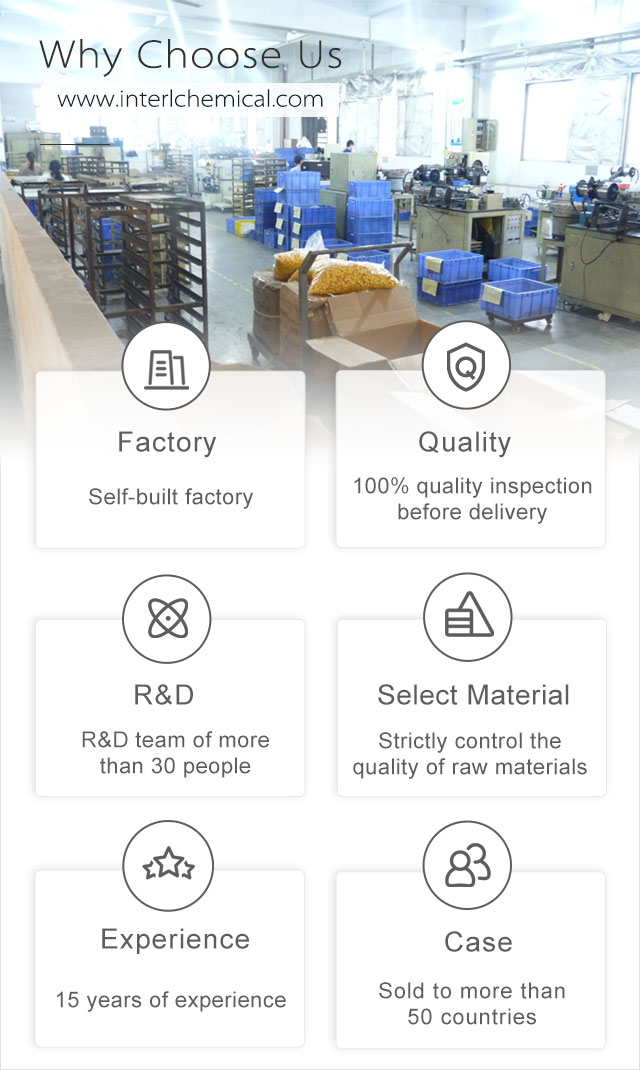





Related Attributes
Product details
Methyl Benzoate Powder is an aromatic carboxylic acid ester fragrance commonly used in China's daily chemical industry at present, with strong floral and fruity aroma, with ylang ylang and tuberose like fragrance rhythm and phenolic breath, naturally present in essential oils such as ylang ylang oil, tuberose oil, clove oil, longevity flower oil and daffodil oil.

Methyl Benzoate Powder is stable in air, but slowly oxidizes when oxidizing agents are present; reacts with alkali and can be saponified to produce benzoic acid solution; easily undergoes ester exchange to prepare other benzoic acid esters; also easily hydrolyzed.
Methyl Benzoate CAS 93-58-3 can not only be used to formulate rose type, old crane grass type and other fragrances, but also used as a solvent for cellulose ester, cellulose ether, resin, rubber, etc..
Methyl Benzoate CAS 93-58-3 is used for dyeing hydrophobic polyester fiber, which can shorten the dyeing time, reduce the dyeing temperature and improve the washing resistance of the dyed fabric.
Methyl Benzoate Powder is China's GB2760-1996 regulations allow the use of food flavors, can be modulated strawberry, raspberry, cherry, pineapple, Laum, liqueur, vanilla bean and nut flavors for food; can also be used in the formulation of daily fragrances, Methyl Benzoate Raw Materials is used to formulate ylang ylang and floral fragrance base, the amount of 12% or less, IFRA has no restrictions.
Traditionally, methyl benzoate is produced by esterification of benzoic acid with methanol in the presence of sulfuric acid. Since Methyl Benzoate Raw Materials is a by-product of the production of p-Methyl Benzoate Raw Materials, a polymer intermediate, it is possible to try to isolate and obtain products that meet the flavoring specifications from these crude products of methyl benzoate.
Application/Function of Methyl Benzoate Powder.
Methyl Benzoate CAS 93-58-3, also known as benzyl benzoate, is a chemical substance. It can be used as a spice, a food additive and a solvent for some spices, and as a plasticizer for plastics and paints. It can be used to treat scabies.
Methyl Benzoate CAS 93-58-3 is present in many kinds of plant flavors and can be used as a spice, a food additive and a solvent for some fragrances, and also as a plasticizer for plastics and paints. Besides, Methyl Benzoate Powder has the effect of lice, fleas and scabies and does not irritate the skin, without odor and greasy feeling. Methyl Benzoate Powder can be used to treat scabies. It is often prepared by reacting sodium benzoate with chloromethyl benzene in the presence of a catalyst.

Methyl Benzoate Powder can be chemically regarded as the product of alcoholysis of benzoic acid or benzoic anhydride or benzoyl chloride with methanol. It is a colorless and transparent liquid. Methyl Benzoate Powder is miscible with methanol, ethanol and ether; insoluble in water. It has a strong aroma of wintergreen oil and Unanja oil, and is used in the preparation of perfume flavor and artificial essential oil; also used in large quantities in food.
Chemical Properties of Methyl Benzoate Powder.
Methyl Benzoate Raw Materials can cause combustion and explosion when exposed to open flame and high heat. Reacts violently in contact with oxidizing agents.
Toxicological data.

Acute toxicity
LD50: 1117mg/kg (rat oral); 3330mg/kg (mouse oral); 2170mg/kg (rabbit oral).
Ecological data.
Production method of Methyl Benzoate Powder.
IFRA has no restrictions. Methyl benzoate is recognized as GRAS by FEMA, FEMA No. 2683, and approved for consumption by FDA. The European Council has included methyl benzoate in the list of artificial food flavors that can be used in food without harm to human health, with a maximum dosage of 61mg/kg and an ADI of 5mg/kg.
Methyl Benzoate Powder is stable in air but oxidizes slowly when oxidizing agents are present; reacts with alkali and can be saponified to produce benzoic acid solution; readily undergoes ester exchange to prepare other benzoic acid esters; also readily hydrolyzed. According to the information provided by RIFM, the acute toxicity data of methyl benzoate: oral LD 503.4g/kg (rat). The traditional method is to prepare methyl benzoate from benzoic acid by esterification with methanol in the presence of sulfuric acid.
Since Methyl Benzoate Powder is a by-product of the production of dimethyl terephthalate, an intermediate of polymer materials, it is possible to try to isolate the crude product from these Methyl Benzoate Powder to obtain a product that meets the flavouring specifications. Methyl Benzoate can not only be used to formulate rose type, old crane grass type and other fragrances, but also used as a solvent for cellulose esters, cellulose ethers, resins, rubber, etc.; it can be used for hydrophobic polyester fiber dyeing to shorten the dyeing time, reduce the dyeing temperature and improve the washing resistance of the dyed fabric.
Why choose us?

HRK Factory

About Shipping

Pharmaceutical Intermediate manufacturers
©2023 Xi'an Henrikang Biotech Co., Ltd.,